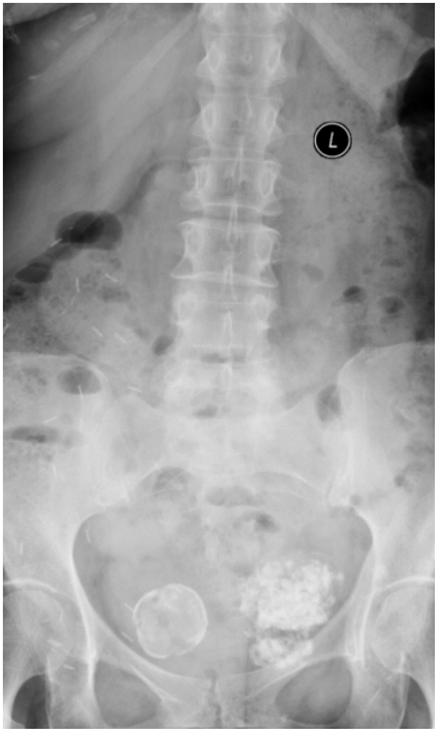Tooth Extraction Infection Signs

The removal of a tooth, also known as tooth extraction, is a common dental procedure that can be necessary for a variety of reasons, including tooth decay, gum disease, or injury. While the procedure itself is typically straightforward, there is a risk of infection after tooth extraction. It’s crucial to be aware of the signs of infection to ensure prompt treatment and prevent potential complications.
Understanding Tooth Extraction Infection
Infection after tooth extraction can occur when bacteria enter the extraction site, which can happen if the site is not properly cared for or if the patient has a weakened immune system. The infection can lead to a range of symptoms, from mild discomfort to severe pain and swelling. In some cases, the infection can spread to other parts of the face, head, or neck, leading to more serious complications.
Common Signs of Tooth Extraction Infection
Identifying the signs of tooth extraction infection is crucial for early treatment and prevention of further complications. Some common signs of infection include:
- Prolonged Bleeding: Bleeding that lasts longer than 24 hours after the procedure can be a sign of infection. While some bleeding is normal, excessive or prolonged bleeding can indicate that the body is not clotting properly, creating an environment conducive to bacterial growth.
- Increased Pain: Pain that worsens over time, especially if it’s severe and throbbing, can be a sign of infection. It’s normal to experience some discomfort after a tooth extraction, but if the pain becomes unbearable or persists, it may indicate an infection.
- Swelling and Redness: Swelling and redness around the extraction site can be signs of infection. While some swelling is normal, excessive swelling that persists or worsens over time can indicate an infection.
- Fever: A fever can be a sign that the body is fighting an infection. If you have a fever above 100.4°F (38°C), it’s essential to contact your dentist or healthcare provider.
- Bad Taste or Odor: A bad taste or odor in the mouth can be a sign of infection. If you notice a foul smell or taste that persists even after brushing and flossing, it may indicate an infection.
- Pus or Discharge: The presence of pus or discharge around the extraction site can be a clear sign of infection. If you notice any unusual fluid or pus, contact your dentist or healthcare provider immediately.
Less Common Signs of Tooth Extraction Infection
While less common, some signs of tooth extraction infection can be more severe and require immediate attention. These include:
- Difficulty Swallowing: Difficulty swallowing or pain when swallowing can be a sign of a more severe infection that has spread to the throat or neck.
- Facial Swelling: Swelling of the face, especially if it’s severe and affects the eyes or sinuses, can be a sign of a spreading infection.
- Headache or Earache: A severe headache or earache can be a sign of an infection that has spread to the sinuses or ears.
Treatment and Prevention of Tooth Extraction Infection
Preventing tooth extraction infection requires proper care and attention to the extraction site. Some tips for preventing infection include:
- Follow Post-Extraction Instructions: Your dentist or healthcare provider will provide instructions on how to care for the extraction site. Follow these instructions carefully to minimize the risk of infection.
- Keep the Site Clean: Gently rinse the extraction site with warm salt water to keep it clean and promote healing.
- Avoid Smoking: Smoking can increase the risk of infection and delay healing. Avoid smoking for at least 24 hours after the procedure.
- Eat Soft Foods: Stick to a soft-food diet for a few days after the procedure to avoid irritating the extraction site.
If you do develop an infection, your dentist or healthcare provider may prescribe antibiotics to treat the infection. In some cases, further treatment may be necessary to drain any abscesses or remove any infected tissue.
What are the common signs of tooth extraction infection?
+Common signs of tooth extraction infection include prolonged bleeding, increased pain, swelling and redness, fever, bad taste or odor, and pus or discharge around the extraction site.
How can I prevent tooth extraction infection?
+To prevent tooth extraction infection, follow post-extraction instructions, keep the site clean, avoid smoking, and eat soft foods. It's also essential to attend follow-up appointments with your dentist or healthcare provider to monitor the healing process.
What should I do if I suspect I have a tooth extraction infection?
+If you suspect you have a tooth extraction infection, contact your dentist or healthcare provider immediately. They will assess the situation and provide guidance on the best course of treatment, which may include antibiotics or further treatment to prevent the spread of infection.
In conclusion, tooth extraction infection is a potential complication that can arise after tooth removal. While the risk of infection is relatively low, it’s essential to be aware of the signs and symptoms to ensure prompt treatment and prevent further complications. By following proper post-extraction care and attending follow-up appointments, you can minimize the risk of infection and ensure a smooth recovery.

